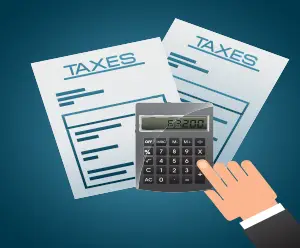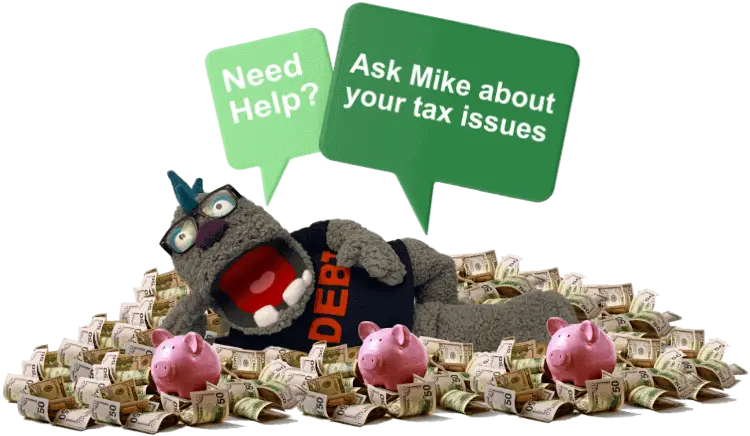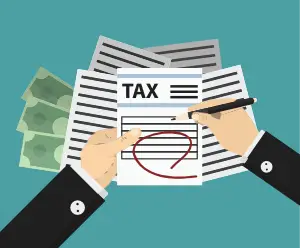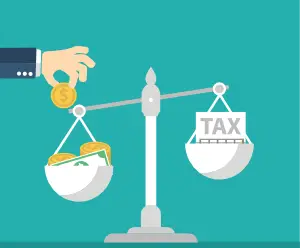
Understanding the IRS Substitute for Return
Click to ask Mike Ask Mike The Internal Revenue Service (IRS) Substitute for Return (SFR) is a term many taxpayers

The IRS CSED, or Collection Statute Expiration Date, is a crucial element in determining the timeframe within which the Internal Revenue Service (IRS) can legally collect a tax debt. The CSED is essentially a deadline that limits the IRS’s ability to pursue collection actions against a taxpayer for a specific tax liability. Once the CSED has passed, the IRS loses its legal authority to collect the outstanding debt.
The expiration date is typically 10 years from the date the tax was assessed. The assessment date is when the IRS officially records the tax liability on its books. It’s important to note that certain events, such as filing for bankruptcy or entering into an installment agreement, can suspend or extend the CSED timeline.
Let’s explore a scenario to illustrate how the IRS CSED works:
Suppose that John, a taxpayer, filed his federal income tax return for the tax year 2010, and the IRS assessed a tax liability of $10,000 on April 15, 2011. The CSED for this tax debt would expire on April 15, 2021, unless any events occur that could extend or suspend the expiration period.
Now, let’s say John faced financial difficulties and was unable to pay the full amount owed. The IRS, in an attempt to collect the debt, initiated various collection actions such as issuing notices, placing liens on his property, or garnishing his wages. However, despite their efforts, John was unable to satisfy the debt in full.
Fast forward to April 15, 2021 – the expiration date of the CSED. At this point, if John has not entered into any agreements or undergone events that extend the expiration period, the IRS would lose its legal authority to collect the outstanding $10,000 debt. The debt essentially “falls off,” and John is relieved from the obligation to pay that specific tax liability.
In summary, the IRS has a time limit, called the Collection Statute Expiration Date (CSED), to collect a tax debt – typically 10 years from when you owe the tax. Imagine John owed $10,000 in taxes in 2011, and despite the IRS trying to collect, he couldn’t pay it all. Fast forward to 2021, on the CSED expiration date. If John didn’t do anything to extend this time, the IRS loses its power to collect the $10,000. It’s like a deadline – once it passes, John is no longer responsible for that specific tax debt.
It’s important for everyone to know their CSED and how it affects their tax situation. To find out more about how to locate the CSED, click here.
You can now ask our AI assistant any questions you have about your tax debt or any tax-related issues. Whether you’re unsure about payment plans, need clarification on penalties, or want information on how to resolve your tax situation. Our AI is ready to assist you with all your tax-related concerns.

By interacting with our AI assistance, you agree to our terms & conditions. Enjoy our AI Tax Assistant responsibly.
Ask me any questions...
Related Posts

Click to ask Mike Ask Mike The Internal Revenue Service (IRS) Substitute for Return (SFR) is a term many taxpayers

Click to ask Mike Ask Mike The Internal Revenue Service (IRS) Substitute for Return (SFR) is a term many taxpayers

Click to ask Mike Ask Mike The Internal Revenue Service typically operates within a 10-year window, commencing from the

Click to ask Mike Ask Mike The Internal Revenue Service (IRS) operates within specific timeframes dictated by statutes of limitations

Click to ask Mike Ask Mike understanding the ins and outs of the 10-year statute of limitations (SOL) is essential.
Recent Posts

Click to ask Mike Ask Mike The Internal Revenue Service (IRS) Substitute for Return (SFR) is a term many taxpayers

Click to ask Mike Ask Mike The Internal Revenue Service (IRS) Substitute for Return (SFR) is a term many taxpayers

Click to ask Mike Ask Mike The Internal Revenue Service typically operates within a 10-year window, commencing from the

Click to ask Mike Ask Mike The Internal Revenue Service (IRS) operates within specific timeframes dictated by statutes of limitations

Click to ask Mike Ask Mike understanding the ins and outs of the 10-year statute of limitations (SOL) is essential.
Disclaimer: This is educational content, not legal, accounting, or tax advice.
This is a tax debt resource website, not to be used in lieu of a tax attorney or for legal advice. All information, Ai chat responses, articles, materials, and content are intended to inform users on a variety of tax topics. In no way is it intended to be construed as accounting, legal, tax, other services or advice. This site is not intended to be used to avoid tax penalties or tax debt that may be imposed by law. Terms and Conditions. Your use of this site constitutes acceptance of the following terms and conditions.
This is a tax debt resource website, not to be used in lieu of a tax attorney or for legal advice. All information, Ai chat responses, articles, materials, and content are intended to inform users on a variety of tax topics. In no way is it intended to be construed as accounting, legal, tax, other services or advice. This site is not intended to be used to avoid tax penalties or tax debt that may be imposed by law. Terms and Conditions. Your use of this site constitutes acceptance of the following terms and conditions.
© 2023 · Tax Debt Monster, Inc. All rights reserved

For all Tax Professionals that would like to partner up with us. By partnering with us, you’ll help us connect and make a positive impact in the tax community. Partner up with us and receive a complimentary Ai Tax Sidekick to help support your clients at no cost! Click here if you’re interested in our Partner-Up program

By interacting with our AI assistance, you agree to our terms & conditions. Enjoy our AI Tax Assistant responsibly.
How may I help you with your tax issue?